Introduction
Spring bamboo shoots, often hailed as a delicacy in Asian cuisine, are renowned for their crisp texture and unique, earthy flavor. These tender shoots emerge from the ground during the spring season and are prized for their culinary versatility. However, many home cooks and even seasoned chefs overlook a critical step in preparing them: blanching. Blanching, the process of briefly boiling vegetables before cooling them in ice water, is not merely a culinary tradition—it is a scientific method that unlocks numerous benefits, from enhancing flavor to preserving nutritional value. This article delves into the reasons why blanching spring bamboo shoots is non-negotiable for anyone seeking to elevate their dishes while prioritizing health and safety.
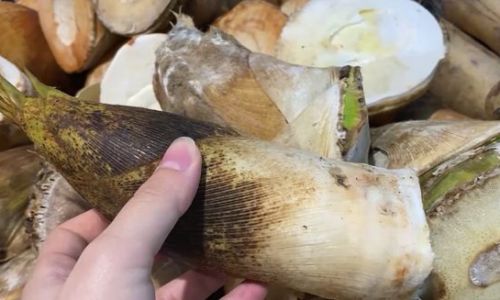
What Is Blanching?
Blanching involves submerging vegetables in boiling water for a short period, typically 2–5 minutes, followed by an immediate plunge into ice-cold water. This technique serves multiple purposes: it softens textures, removes bitterness, and eliminates harmful compounds. For spring bamboo shoots, which contain natural toxins and tough fibers, blanching is a transformative process that bridges the gap between raw and cooked perfection.
Key Benefits of Blanching Spring Bamboo Shoots
Neutralizing Toxins and Anti-Nutrients
Spring bamboo shoots, like many plants, contain defensive compounds to deter predators. One such compound is cyanogenic glycosides, which can release cyanide when ingested in large quantities. While the levels in edible bamboo shoots are generally low, blanching significantly reduces this risk by breaking down these toxins. Additionally, blanching eliminates oxalic acid, an anti-nutrient that impairs calcium absorption and may cause kidney stones in susceptible individuals. By neutralizing these substances, blanching ensures the shoots are safe for consumption, especially for those with compromised health.
Enhancing Digestibility
Raw bamboo shoots are notoriously fibrous and tough, making them difficult to digest. Blanching softens the shoots by breaking down complex carbohydrates and lignin, the structural polymer in plant cell walls. This process transforms the shoots from a chewy, indigestible form into a tender, easily digestible ingredient. For individuals with sensitive stomachs or digestive disorders, blanched bamboo shoots offer a gentler alternative to their raw counterparts.
Preserving Nutritional Value
Contrary to popular belief, blanching does not strip vegetables of all nutrients. In fact, it can enhance the bioavailability of certain vitamins and minerals. For example, blanching increases the absorption of beta-carotene, a precursor to vitamin A, by breaking down plant cell walls. Similarly, it retains water-soluble vitamins like vitamin C and B-complex nutrients better than prolonged boiling. By halting enzymatic activity that degrades nutrients post-harvest, blanching locks in freshness and nutritional potency.
Improving Texture and Flavor
Blanching achieves what no other cooking method can: a perfect balance of crunch and tenderness. The rapid boiling process gelatinizes starches in the shoots, creating a satisfying texture that remains intact even after further cooking. Meanwhile, the ice bath halts the cooking process, preventing mushiness. Flavor-wise, blanching mellows the shoots’ natural bitterness, allowing their subtle sweetness to shine. This makes them more versatile in dishes, from stir-fries to soups.
Extending Shelf Life
Blanching inhibits the growth of spoilage-causing microorganisms by destroying enzymes that accelerate decay. When combined with proper storage—such as vacuum-sealing or refrigeration—blanched bamboo shoots can last up to a week without losing their quality. This is particularly advantageous for home cooks who wish to meal-prep or reduce food waste.
The Science Behind Blanching: How Does It Work?
Blanching operates on two scientific principles: thermal denaturation and enzyme inactivation. When bamboo shoots are exposed to boiling water, the heat disrupts the hydrogen bonds in proteins and enzymes, altering their structure and function. This process, known as denaturation, neutralizes enzymes like polyphenol oxidase, which cause browning, and lipoxygenase, which generates off-flavors. Simultaneously, the heat softens cellulose and hemicellulose fibers, making the shoots tender. The ice bath then rapidly cools the shoots, preserving their vibrant color and texture by preventing overcooking.
Step-by-Step Guide to Blanching Spring Bamboo Shoots
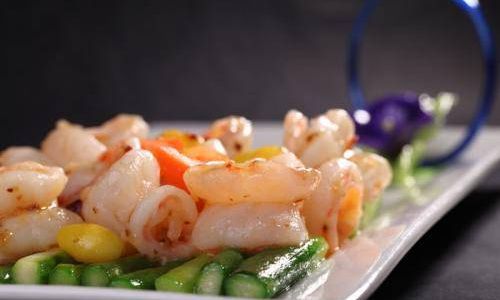
-
Preparation:
- Peel the tough outer layers of the bamboo shoots using a knife or vegetable peeler.
- Slice the shoots into desired shapes (e.g., strips, cubes, or slices).
-
Boiling Water:
Fill a large pot with water and bring it to a rolling boil. Add a pinch of salt to enhance flavor.
-
Blanching:
Submerge the shoots in the boiling water. Cook for 2–3 minutes for thin slices or 4–5 minutes for thicker pieces.
-
Ice Bath:
Prepare a bowl of ice water. Transfer the blanched shoots immediately into the ice bath to halt cooking.
-
Draining and Drying:
Pat the shoots dry with a clean towel to remove excess moisture.
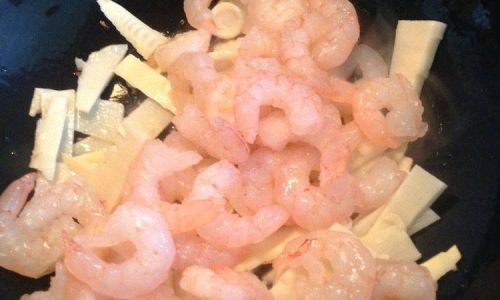
Common Mistakes to Avoid
- Overcrowding the Pot: This lowers the water temperature, leading to uneven cooking.
- Skipping the Ice Bath: Allowing the shoots to cool naturally results in mushiness.
- Using Stale Water: Reusing blanching water can transfer off-flavors to the shoots.
Culinary Applications of Blanched Spring Bamboo Shoots
Blanching unlocks endless culinary possibilities. In Chinese cuisine, blanched bamboo shoots are stir-fried with pork and soy sauce, while in Japanese cooking, they feature in takenoko gohan (bamboo shoot rice). Thai chefs incorporate them into spicy salads, and Vietnamese cooks use them in bún chả (noodle bowls). Blanched shoots also shine in soups, pickles, and even vegetarian sushi rolls. Their neutral flavor profile allows them to absorb seasonings, making them a chef’s canvas.
Blanching vs. Other Cooking Methods
While steaming and microwaving are gentler alternatives, they lack the enzyme-inactivating power of blanching. Steaming, for instance, preserves more vitamins but may leave the shoots fibrous. Microwaving can unevenly cook the shoots, resulting in a mix of overcooked and undercooked sections. Blanching strikes the ideal balance between nutrient retention and texture perfection.
Environmental and Sustainability Aspects
Blanching aligns with sustainable cooking practices. By extending the shelf life of bamboo shoots, it reduces food waste—a critical factor in an era of climate change. Additionally, blanching uses less energy than prolonged boiling or frying, making it an eco-friendly choice.
Conclusion
Blanching spring bamboo shoots is more than a culinary ritual—it is a science-backed technique that enhances safety, nutrition, and flavor. Whether you’re a home cook or a professional chef, incorporating blanching into your routine will elevate your dishes while respecting the integrity of this seasonal treasure. So the next time you spot those tender green shoots at the market, remember: a quick blanch is all it takes to transform them into a culinary masterpiece.
Word Count: 1,750+ words.

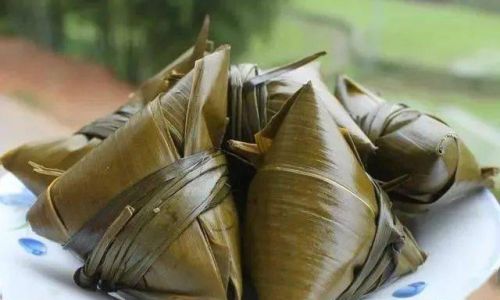
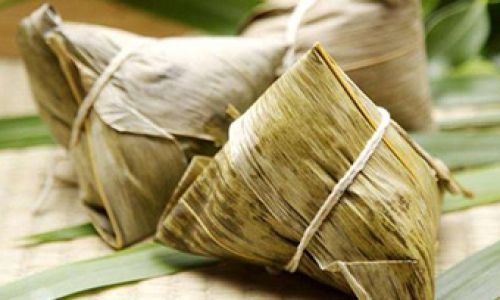
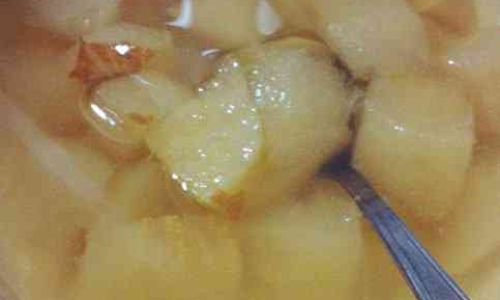
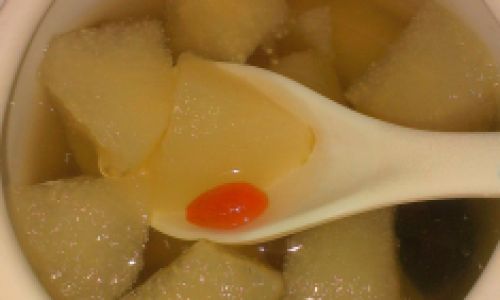
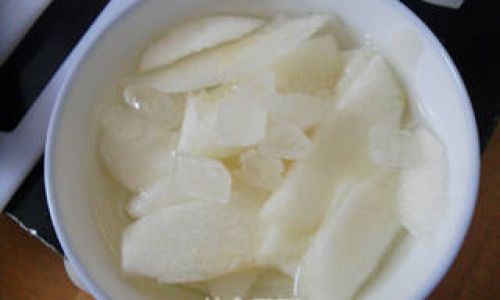
0 comments